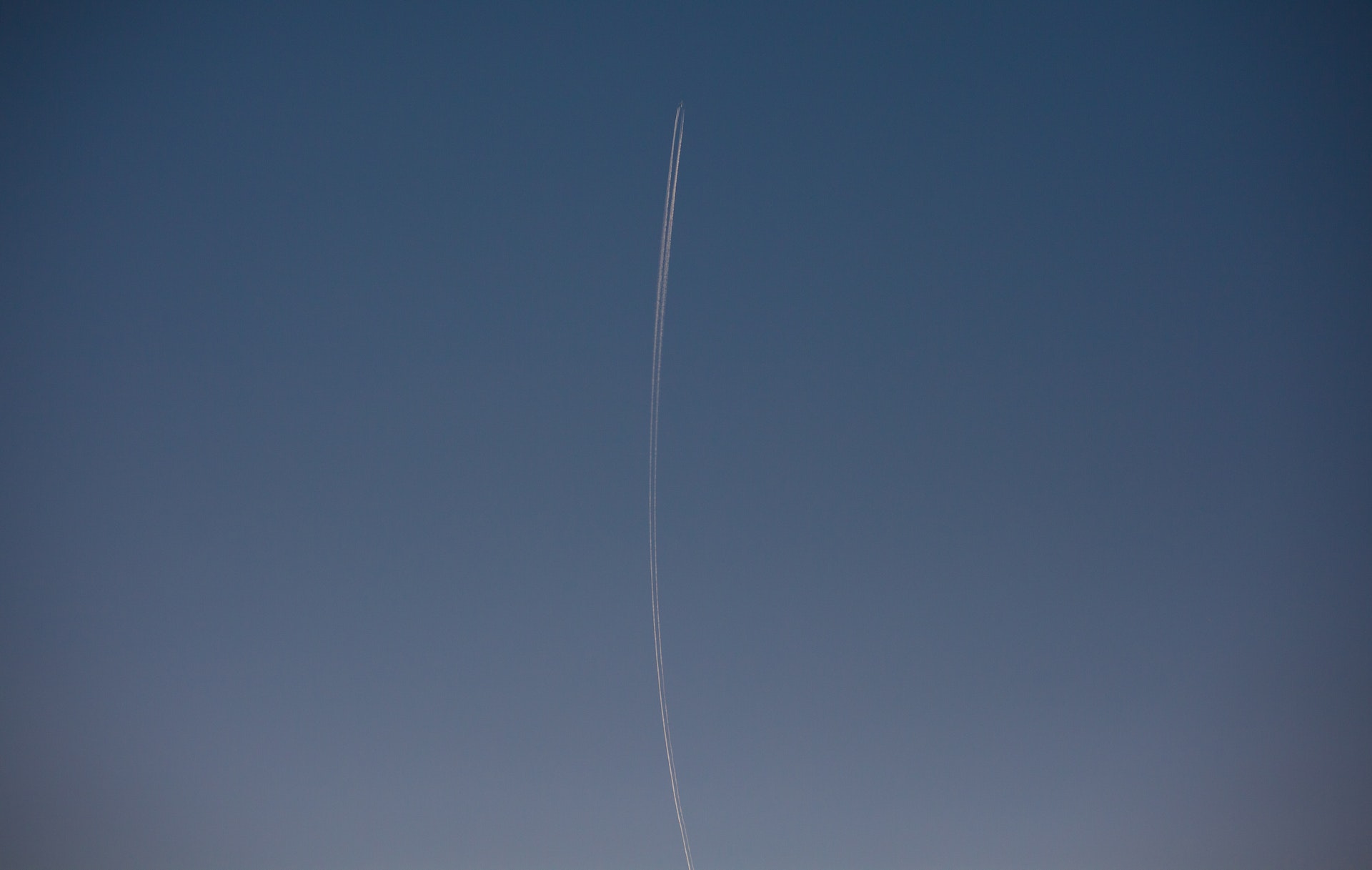A paramedic recently used a jet pack to fly up a hill in winds of more than 30 miles per hour and heavy rain. It was the first time one of the Great North Air Ambulance Service’s team was able to fly up a slope with the Jet Suit, marking a new milestone for the service. The flight was part of a test of the Jet Suit technology, with the goal of allowing medics to reach patients in remote areas such as the Lake District.
About the Invention That May Aid Medical Flight Rescues
Gravity Industries inventor Richard Browning created the flying suit, which can reach speeds of up to 85 miles per hour at more than 12,000 feet in the air.
It flies for up to ten minutes thanks to five mini jet engines, two built-in units attached to each hand, and one built into a backpack.
Mr. Browning joined GNAAS paramedic Jamie Walsh on the flight up a short, steep ascent in adverse weather conditions after about ten days of training.
The Invention will Play a Critical Role in Rescue
While the Lake District provides a beautiful backdrop for hikers, it is also very hilly, which can make rescue missions difficult for paramedics.
This is the first time that paramedics have used jet packs to reach stranded hikers and treat life-threatening injuries before helicopters or ground teams arrive.
The ultimate goal is to reduce the time it takes for medics to reach patients and administer critical care, rather than the time it takes to transport them to the hospital.
While the jet suit has been in development since 2017, the air ambulance company’s trial began in 2020, when Mr. Browning flew over the difficult terrain of Langdale Pike at heights of up to 20ft, demonstrating that it was possible.
In January of this year, Mr. Browning completed another landmark test at Scafell Pike and Sharp Edge in the Lake District.


